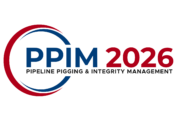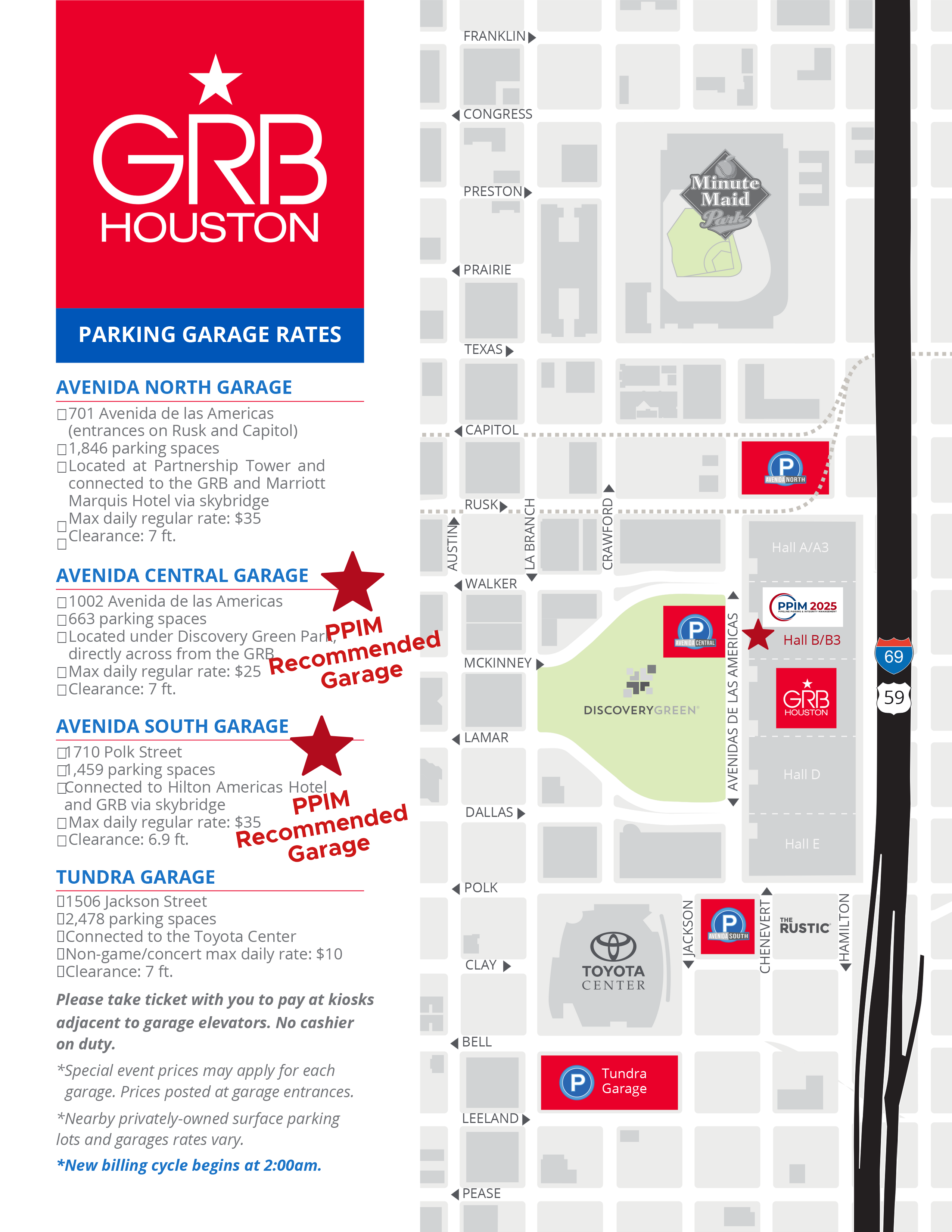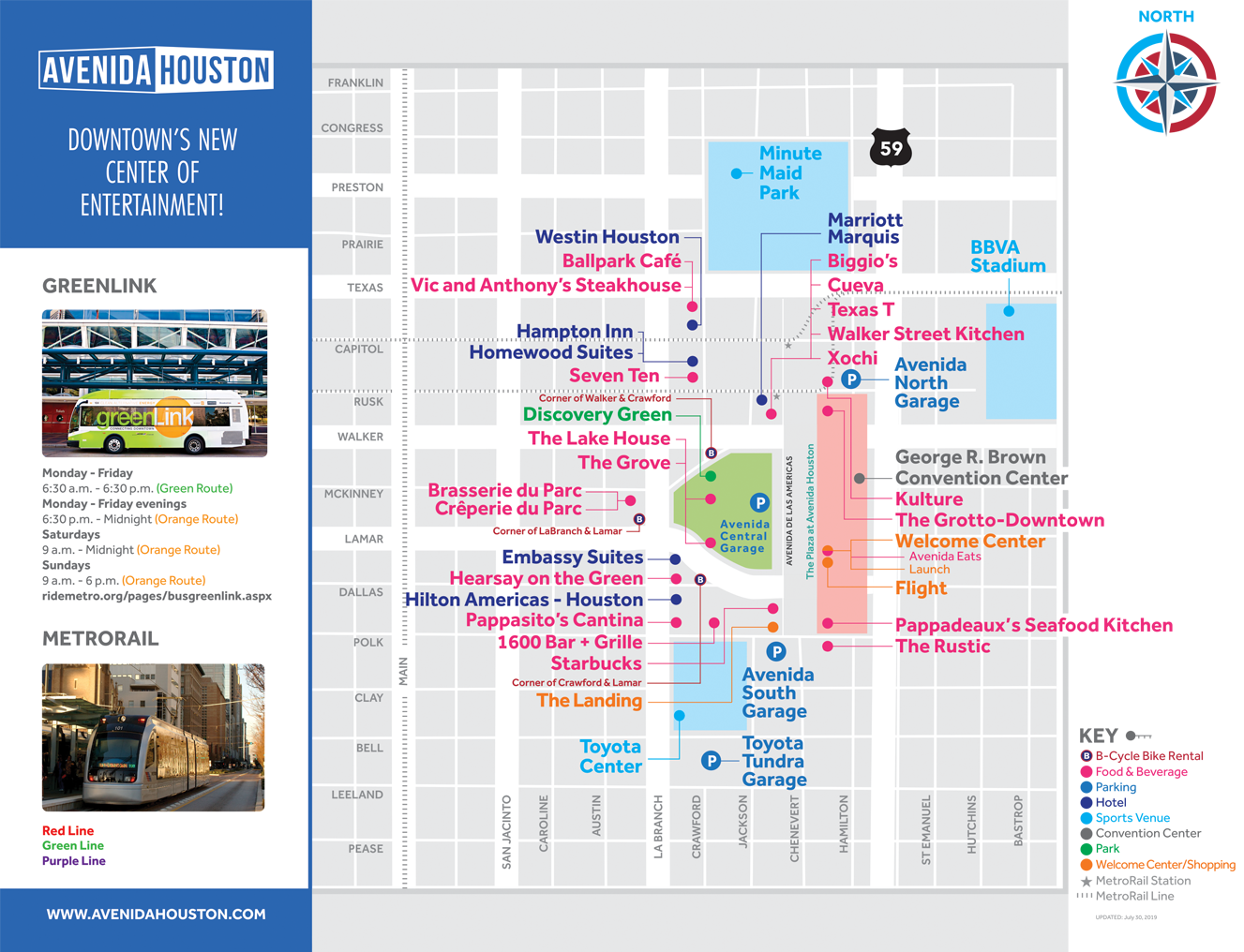COURSE SCHEDULE (both days)
7.30: Registration, breakfast, coffee
8.00 – 5.00: Course
It will be necessary to bring a laptop to this course.
WHAT YOU WILL LEARN
The course will present key material properties and engineering fracture mechanics principles that govern static and fatigue evaluations of planar flaws in pipelines and how to relate these principles to the new PHMSA requirements.
Specifically:
- How cracks and long seam weld defects form in pipelines and what can make them grow to failure
- Fracture toughness testing and its implications to engineering evaluations of planar flaws
- Linear-elastic and elastic-plastic fracture mechanics principles
- Use of failure stress models and fatigue crack growth evaluations
- ILI and pressure testing assessment methods and how to respond to crack and seam weld integrity ILI assessments
COURSE DOCUMENTATION
All participants will receive a detailed set of lecture notes in PDF format, providing an invaluable reference document.
CONTINUING EDUCATION UNITS
Upon completion of the course, participants will be eligible to receive 1.4 Continuing Education Units.
INSTRUCTORS
Dr. Ted Anderson is the author of a best-selling book on fracture mechanics, which has been adopted as a required text in over 150 universities. He recently returned to independent consulting after serving as Senior VP of Technology Development for Team Inc. and the Chief Technology Officer for Quest Integrity. He founded a consulting and software company in 1995, which was acquired by Quest Integrity in 2007. He holds a Ph.D. in Metallurgy from the Colorado School of Mines.
Sergio Limón is a Sr. Engineering Advisor with Blade Energy Partners responsible for developing, implementing, and executing strategic integrity management programs for gas and liquids pipelines, as well as performing fracture mechanics based structural evaluations, fatigue assessments and failure analyses. Sergio has worked in the oil & gas pipeline industry for more than 22 years with emphasis on pipeline integrity threat analysis and response. He was employed for 10 years with a large owner and operator of natural gas transportation pipelines where he led for six years the Asset Integrity group for the western division responsible for the analysis, response, and remediation of integrity threats. Sergio holds B Sc. and M Sc. degrees in Mechanical Engineering with emphasis in fracture mechanics and materials from the University of Utah.
COURSE SYLLABUS
DAY 1
1. Characteristics and behavior of cracks and long seam weld defects (Limon)
- Discuss how crack cracks and long seam weld defects form in pipelines and their key characteristics
2. Effect of flaws on pipeline integrity (Anderson)
- Blunt notches versus sharp cracks
- Flow stress and toughness
- Brittle and ductile behavior in steels
- Relationship of failure stress to fracture toughness
- Charpy testing versus fracture toughness testing
3. Fracture mechanics – Part 1 (Anderson)
- Fracture mechanics overview
- The stress intensity factor, K, and its applicability to pipeline crack evaluations.
- Linear elastic versus elastic-plastic fracture mechanics
4. Fracture mechanics – Part 2 (Anderson)
- The J and CTOD parameters and their applicability to pipeline crack evaluations.
- Fracture toughness testing
- Fracture instability analysis
- Correlations between fracture toughness and Charpy energy
DAY 2
5. Fracture Models and the Mega Rule (Anderson)
- Review of PRCI MAT-8, API 579/ASME FFS-1, Newman-Raju, CorLAS and Modified Log-Secant and their applicability to brittle and ductile failure of pipelines with cracks.
- Complying with the Mega Rule.
6. Evaluating cyclic pressures and establishing their severity (Limon)
- Simplifying variable amplitude cyclic pressures
- Rainflow cycle counting
- Assessing cyclic pressure data severity using cyclic indexing
7. Performing fatigue analysis (Limon)
- Fatigue crack growth analysis of cracks and long seam weld defect
- Fatigue life analysis of dents and dent with gouges
8. Integrity assessments: ILI and Pressure Test (Limon)
- Factors to consider when deciding on assessment methods
- Responding to ILI assessments
- Repairing crack, long seam weld defects and dents



